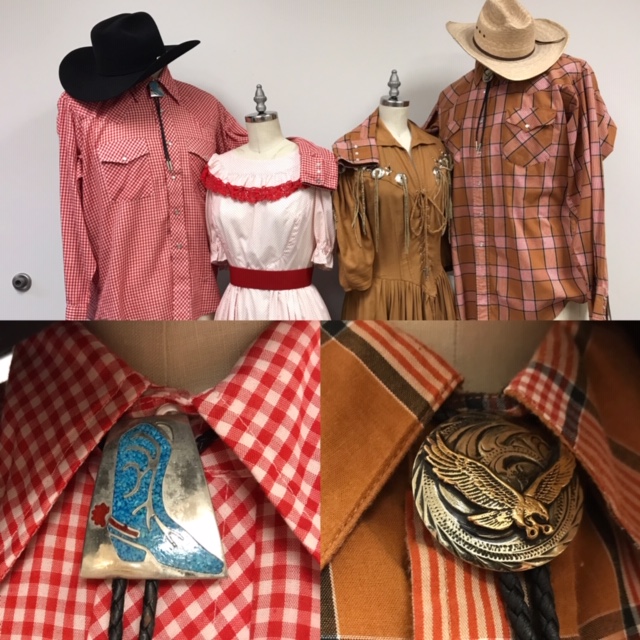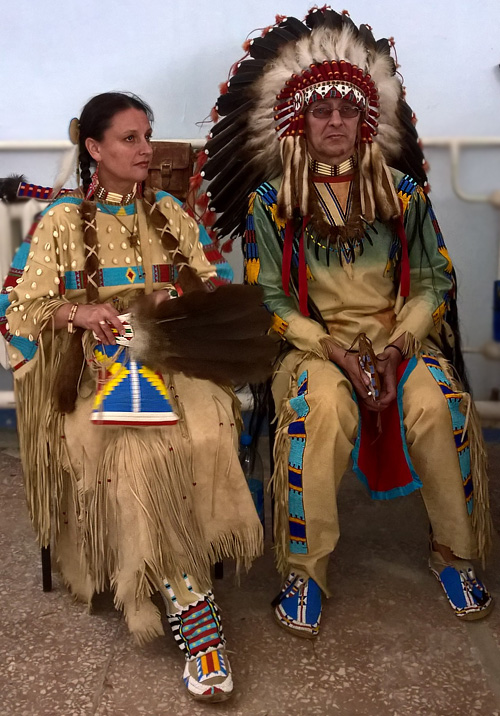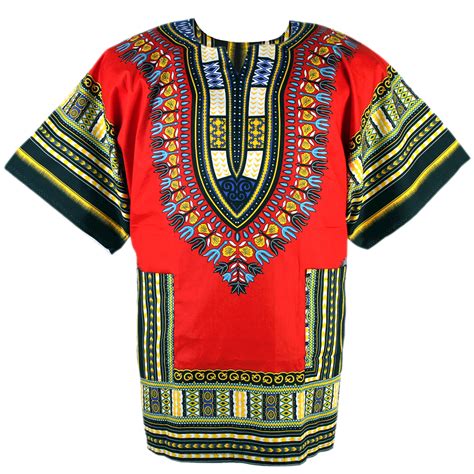United States Traditional Costume

The United States, a melting pot of cultures, has a diverse and rich history of traditional costumes that reflect the country’s varied heritage. From the elegant dresses of the Southern belle to the rugged attire of the cowboy, each region and community has its unique traditional costume that tells a story of its history, customs, and values.
In the early days of American colonization, traditional costumes were heavily influenced by European styles, particularly from England, Scotland, and Ireland. The Pilgrims, for example, wore simple, practical clothing made from wool and linen, which was suitable for their daily lives as farmers and traders. As the country grew and expanded, different regions developed their own distinct traditional costumes, often reflecting the local climate, occupation, and cultural traditions.
One of the most iconic traditional costumes in the United States is the cowboy attire, which originated in the Wild West. Characterized by a pair of rugged jeans, a plaid shirt, and a wide-brimmed hat, the cowboy costume is a symbol of American independence and self-reliance. The cowboy boots, often adorned with intricate stitching and ornamentation, are a staple of this traditional costume, providing both functionality and style for the rugged cowboys who roamed the open ranges.
In contrast, the traditional costume of the Southern belle is a testament to the elegance and refinement of the antebellum era. Typically consisting of a flowing ball gown made from silk or cotton, the Southern belle costume is characterized by its intricate details, such as lace, ruffles, and embroidery. The costume is often completed with a pair of white gloves, a fan, and a elegant hat, reflecting the social status and propriety of the Southern aristocracy.
Another significant traditional costume in the United States is the Native American regalia, which varies greatly from tribe to tribe. Each tribe has its unique traditional costume, often featuring intricate beadwork, feather adornments, and ceremonial accessories. The Native American regalia is not only a symbol of cultural identity but also a testament to the rich spiritual and cultural heritage of the indigenous peoples of America.
The United States is also home to a diverse range of folk costumes, each reflecting the cultural traditions of its immigrant communities. The Amish community, for example, is known for its simple, modest clothing, which is characterized by its plain colors, simple patterns, and lack of ornamentation. The Amish costume is a reflection of the community’s values of humility, simplicity, and self-sufficiency.
In addition to these traditional costumes, the United States is also home to a wide range of occupational costumes, each reflecting the unique characteristics of its profession. The firefighter’s costume, for example, is designed for functionality and safety, featuring a helmet, coat, and pants made from fire-resistant materials. The chef’s costume, on the other hand, is a symbol of culinary expertise, featuring a white hat, coat, and apron that reflect the profession’s emphasis on cleanliness and precision.
Key Points
- The United States has a diverse range of traditional costumes, reflecting its varied cultural heritage.
- Regional traditional costumes, such as the cowboy attire and the Southern belle costume, reflect the local climate, occupation, and cultural traditions.
- Native American regalia is a significant traditional costume, featuring intricate beadwork, feather adornments, and ceremonial accessories.
- Folk costumes, such as the Amish costume, reflect the cultural traditions of immigrant communities.
- Occupational costumes, such as the firefighter's costume and the chef's costume, reflect the unique characteristics of each profession.
Regional Traditional Costumes

The United States is a vast and diverse country, with different regions having their unique traditional costumes. The New England region, for example, is known for its colonial-style costumes, featuring simplicity, practicality, and a touch of elegance. The Midwestern region, on the other hand, is home to a range of folk costumes, reflecting the cultural traditions of its immigrant communities.
The Southern region is famous for its antebellum-era costumes, featuring grand ball gowns, hoop skirts, and elegant hats. The Western region, as mentioned earlier, is home to the iconic cowboy attire, which reflects the rugged individualism and self-reliance of the American West.
Each region’s traditional costume is a reflection of its history, culture, and values, and they continue to play an important role in American cultural heritage. Whether it’s a colonial-style costume, a folk costume, or an occupational costume, each traditional costume tells a story of America’s diverse and rich cultural landscape.
Native American Regalia
Native American regalia is a significant traditional costume in the United States, featuring intricate beadwork, feather adornments, and ceremonial accessories. Each tribe has its unique regalia, reflecting its cultural traditions, spiritual practices, and historical experiences.The regalia is not only a symbol of cultural identity but also a testament to the rich spiritual and cultural heritage of the indigenous peoples of America. The regalia is often worn during ceremonial occasions, such as powwows, sun dances, and weddings, and is an important part of Native American cultural traditions.
The regalia is also a reflection of the tribe’s history, featuring symbolic designs, colors, and patterns that tell a story of the tribe’s experiences, struggles, and achievements. The regalia is a source of pride for Native American communities, and its preservation and promotion are essential for the continuation of Native American cultural heritage.
| Tribal Regalia | Characteristics |
|---|---|
| Navajo Regalia | Intricate turquoise beadwork, feather adornments, and ceremonial accessories |
| Apache Regalia | Traditional buckskin clothing, feather headdresses, and ceremonial shields |
| Iroquois Regalia | Intricate beadwork, wampum belts, and ceremonial masks |

Occupational Costumes

Occupational costumes are an important part of American cultural heritage, reflecting the unique characteristics of each profession. From the firefighter’s costume to the chef’s costume, each occupational costume is designed to reflect the profession’s values, skills, and traditions.
The firefighter’s costume, for example, is designed for functionality and safety, featuring a helmet, coat, and pants made from fire-resistant materials. The chef’s costume, on the other hand, is a symbol of culinary expertise, featuring a white hat, coat, and apron that reflect the profession’s emphasis on cleanliness and precision.
Occupational costumes are not only functional but also symbolic, reflecting the profession’s values and traditions. They are an important part of American cultural heritage, and their preservation and promotion are essential for the continuation of occupational traditions.
Folk Costumes
Folk costumes are an important part of American cultural heritage, reflecting the cultural traditions of immigrant communities. The Amish community, for example, is known for its simple, modest clothing, which is characterized by its plain colors, simple patterns, and lack of ornamentation.The Amish costume is a reflection of the community’s values of humility, simplicity, and self-sufficiency. The costume is designed to be functional and practical, featuring simple dresses, aprons, and hats that reflect the community’s emphasis on hard work and self-reliance.
Folk costumes are an important part of American cultural heritage, reflecting the diverse cultural traditions of immigrant communities. They are a source of pride for these communities, and their preservation and promotion are essential for the continuation of cultural heritage.
What is the significance of traditional costumes in American culture?
+Traditional costumes are a significant part of American cultural heritage, reflecting the country’s diverse cultural traditions, history, and values. They are a source of pride for American communities and play an important role in preserving and promoting cultural heritage.
How do regional traditional costumes reflect the local climate and occupation?
+Regional traditional costumes reflect the local climate and occupation by featuring clothing and accessories that are functional and practical for the local environment and profession. For example, the cowboy attire is designed for the rugged climate and occupation of the American West, while the Southern belle costume is designed for the elegant social occasions of the antebellum era.
What is the importance of preserving and promoting Native American regalia?
+The preservation and promotion of Native American regalia are essential for the continuation of Native American cultural heritage. The regalia is a source of pride for Native American communities and reflects the rich spiritual and cultural heritage of the indigenous peoples of America.



